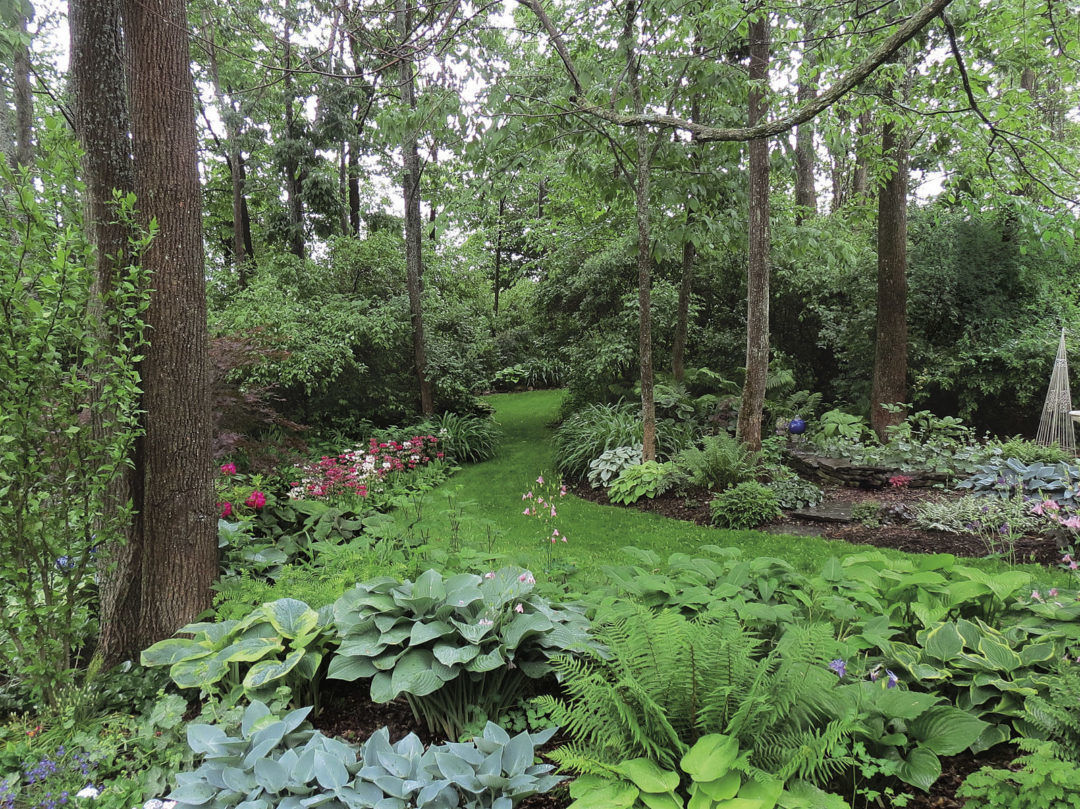
In 1989, after 13 years of marriage, my husband, Bud, and I ventured back to my hometown with our family of four. A beautiful piece of property awaited us: a blank slate. With large open fields in the foreground and 40 acres of woods behind, we carefully selected the location for our new home. It would be positioned just inside the woods’ edge so that mature trees would be left standing in the front lawn. Many trees needed to be cleared, making way for the opening—a task that Bud, my father, and my brothers-in-law took on willingly. Every year since, we’ve carved out a little more of the woods to create flowing paths and color-filled beds under the trees, until a mature, beautiful, half-acre garden emerged. It’s been a lot of work, and we’ve learned a lot of lessons along the way.
Learn more: Designing a Garden in the Woods
Assess your trees first, and start designing from indoors
While many trees remained standing after the construction of our new home, it was necessary to thin them, making way for a lawn. We left small groups of trees so that, in time, the gardens could take shape around them. As the trees matured, we continued to eliminate more when necessary, often because they were either compromised during construction or diseased, or because they had an undesirable trunk form. With only a small amount of experience in sun gardening, I pored over books and magazine articles on shade gardening. At first, shade gardening was a challenge, but as I continued to educate myself, it became evident that our type of shade was the best kind we could have. As a result of carving into a woodlot, our trees bore high canopies, which resulted in dappled light. Perfect. Many plants prefer these conditions. The trees also offered important vertical elements to my designs.
The first winter in our new home gave me time to visualize where the gardens should be located. First on the to-do list was to design the beds that surround the foundation of the house. An acquaintance offered valuable advice that I continue to share with garden friends who come to visit: “Whenever possible, place your gardens so that you see them from inside your windows. You will be viewing them from inside more frequently than from outside. On rainy days, they are especially beautiful, and because you are seeing them from a distance, you see them as a whole.”
I stood inside the windows at the back of our home to critique the groupings of trees that awaited garden detail. The beds gradually took shape. In time, I’ve come to realize that the gardens viewed from inside the house are those that receive the most attention. They are my favorites. Because we live in the Northeast, these beds play an important part in my year-round enjoyment of the gardens because we spend so many months indoors.
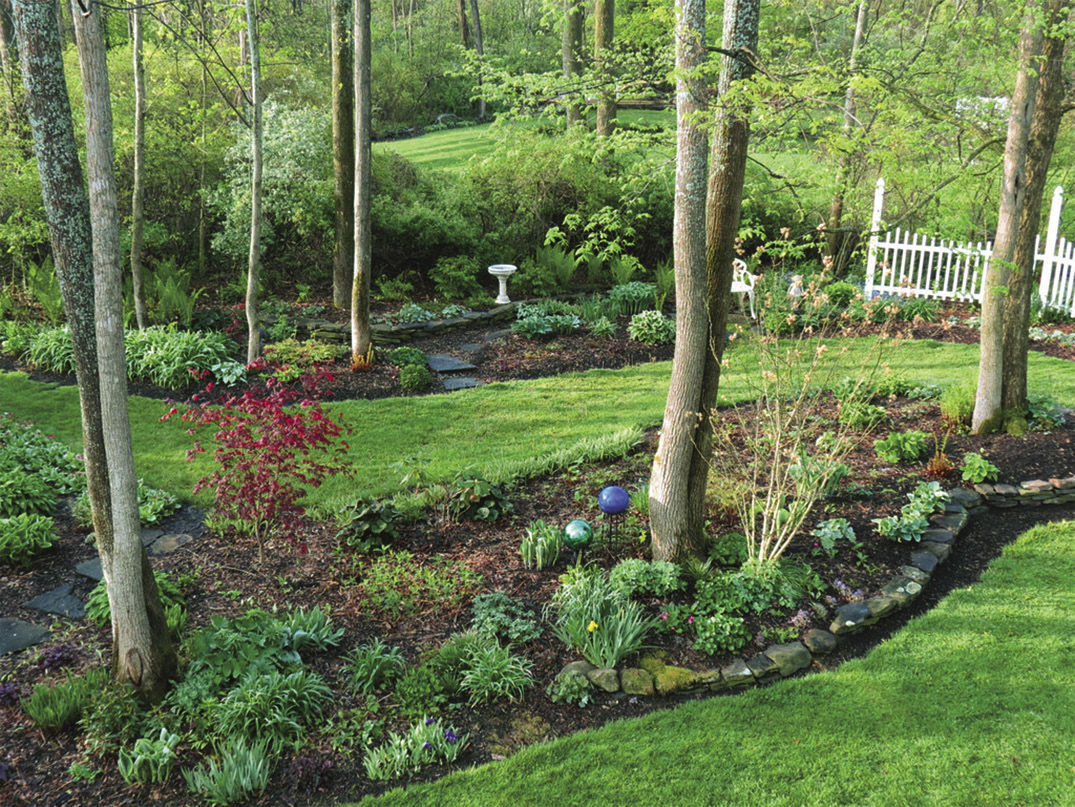
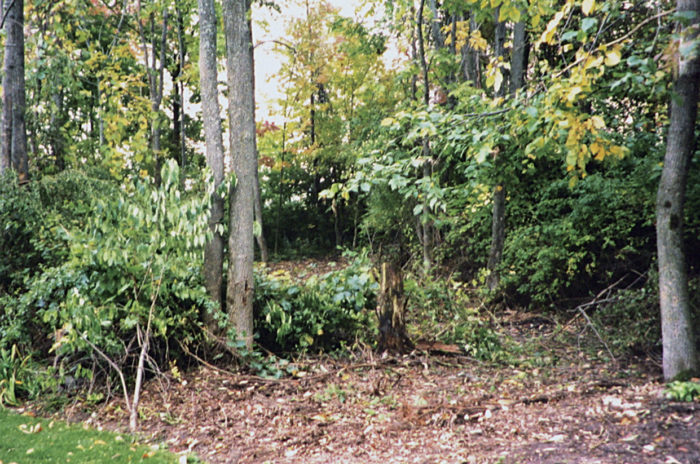
On a slope, add walls to low areas to create beds
We discovered many rocks on our property and began to gather them. We installed a mini rock wall at the base of a gentle slope in the backyard to create my first garden bed. When I viewed it from inside the kitchen-sink window, I was hooked. I created similar mini walls (bottom photo, p. 40) throughout the gardens in the following years of expansion. We moved many wagonloads of rock from the hedgerows and property lines. We also found piles of rock under the leaf litter deep in the woods. Year after year, we relocated boulders, flat rocks, and stones of all shapes and sizes. Raising the beds slightly with leaf compost and extra topsoil brought in from the open fields not only enriched the soils but also allowed for more rock walls; it also keeps plants from standing in water on soggy days. Mulching every other year has resulted in rich loamy soil. Rock walls also pump up the beds with a tidy appeal, and I can rest assured that weeding will not take up my precious summer months. Though we mulched heavily in the beginning, much less is required now that the beds have filled in.
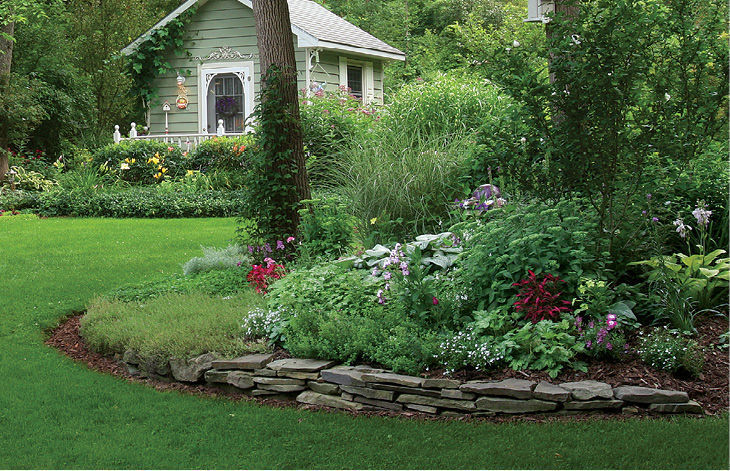
Bud has been an enormous help with the groundwork and grunt work. As I began designing the perimeters of each garden bed, he expressed his desire to stay on the seat of a lawn mower rather than push a smaller mower through narrow paths or around sharp corners. I obliged and made smooth, wide, sweeping curves around the perimeter of the house and throughout the garden. It was a win-win approach as, visually, this leads the eye from one garden to the next. Another visual trick is to wrap the corners of beds with a single variety of ground cover or perennial. This allows the eye to follow easily around the corner without breaking up the visual stroll.
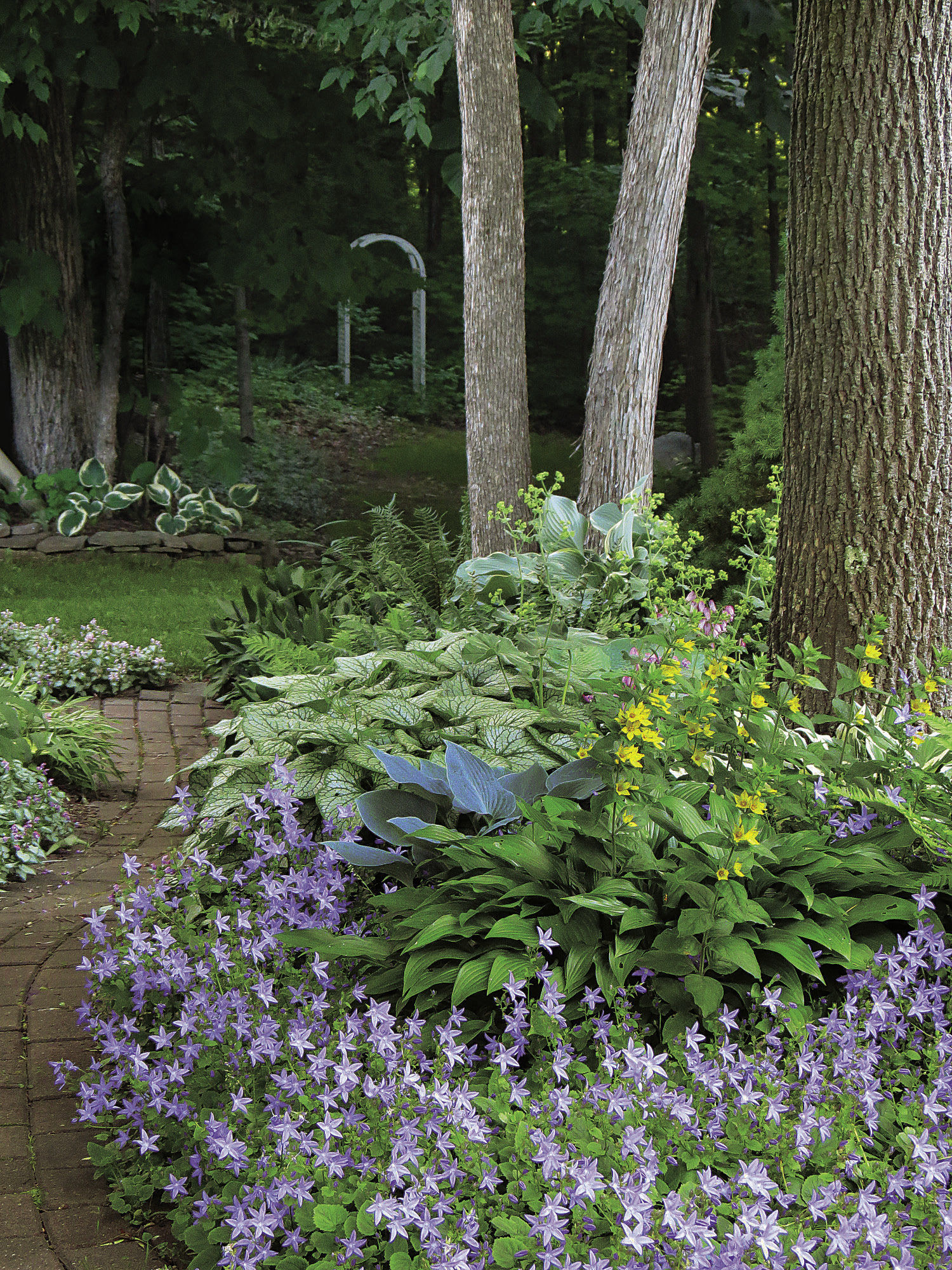
Provide lots of color and splashes of white to brighten shade
In most shade gardens, the bulk of the colorful flowering takes place in spring. In our garden, forget-me-nots (Myosotis sylvatica*, USDA Hardiness Zones 5–9) are permitted to wander, preceded by bloodroots (Sanguinaria canadensis, Zones 3–9) and followed by brunneras (Brunnera macrophylla and cvs., Zones 3–7), lamiums (Lamium spp. and cvs., Zones 4–8), violets (Viola spp. and cvs., Zones 3–9), ajugas (Ajuga reptans* and cvs., Zones 3–9), and primroses (Primula spp. and cvs., Zones 3–8). Beyond this spring bonanza of blooms, we’ve made it our mission to keep the rest of the season colorful, as well. By midsummer, there are more than 30 varieties of hostas in bloom in various shades of lavender under the dappled light. Turtleheads (Chelone spp. and cvs., Zones 3–9) and anemones (Anemone spp. and cvs., Zones 3–9) were perfect additions a few years ago during mid- to late summer. Astilbes (Astilbe spp. and cvs., Zones 3–8), daylilies (Hemerocallis cvs., Zones 3–10), ligularias (Ligularia spp. and cvs., Zones 4–8), campanulas (Campanula spp. and cvs., Zones 3–9), and heucheras (Heuchera spp. and cvs., Zones 3–8) are used throughout the gardens. I add more color with containers, ornaments, and small plantings of annuals, like coleus (Solenostemon scutellarioides cvs.), caladiums (Caladium bicolor cvs.), and impatiens (Impatiens spp. and cvs.).
When adding hardscaping to the property, we have been happy with the simple choice of the color white. Fun little accents may be blue or purple, but when it comes to painting the porches, decks, fences, and furniture, a crisp, clean shade of white ties it all together. White stands out in the woodland and draws the eye from one setting to the next. For the same reason, I plant lots of white-flowering shrubs, perennials, and annuals. It’s especially magical at dusk and on a moonlit night when viewed from a second-story window.
All these years later, I am still playing in the woods. The sights, sounds, and smells forever feed my soul, and I am now teaching my grandchildren the joys of gardening, as well. Harmonious, happy me.
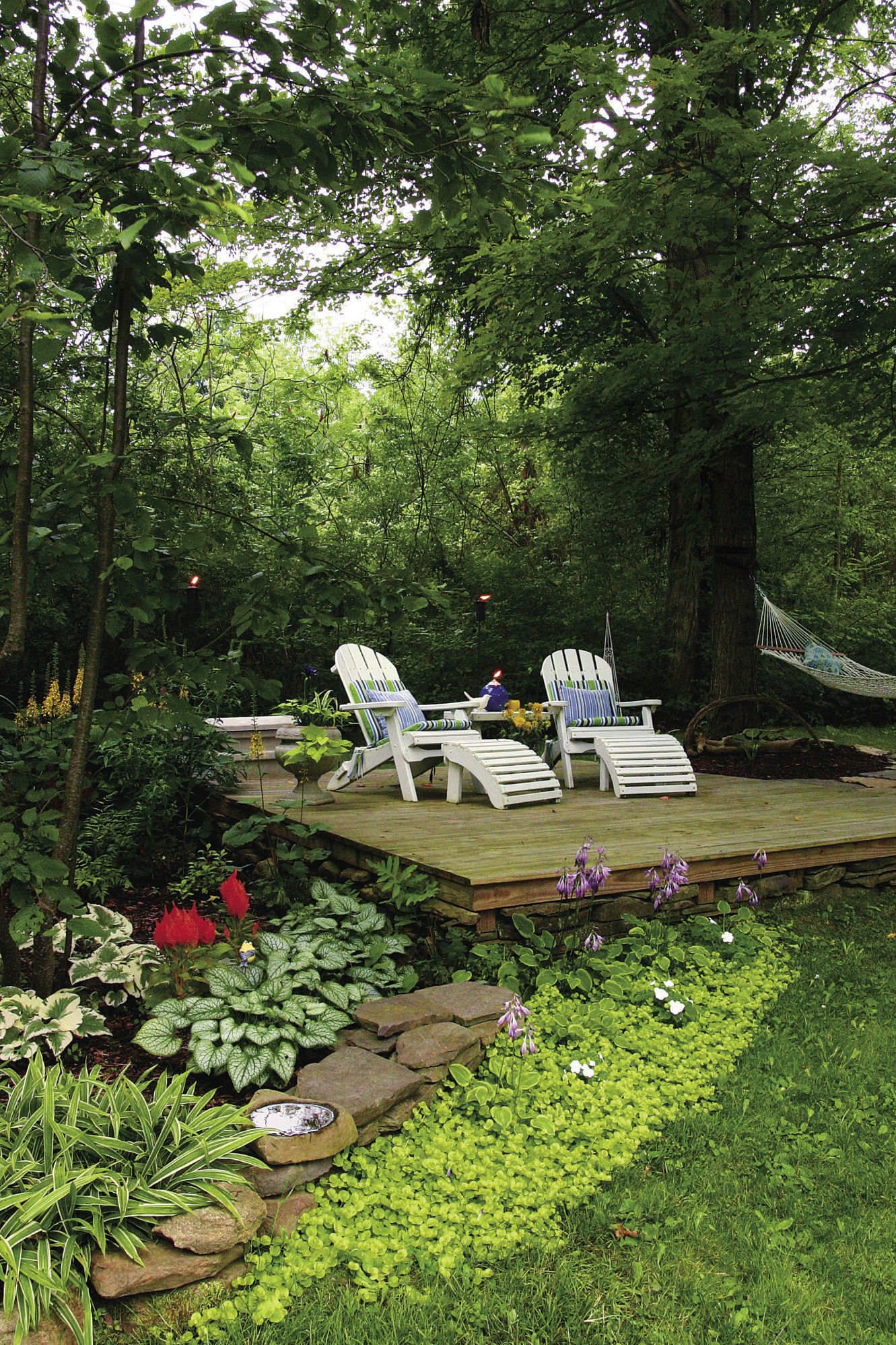
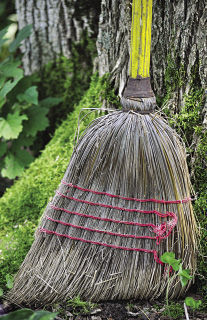
Tip: Rely on simple tools
Top 10 Go-To Perennials
Through the years, I have tried new perennials, but I’ve found that the familiar, easy-care, low-maintenance varieties stand the test of time. Here are my favorites:
1. Hosta (Hosta spp. and cvs., Zones 3–9). Hosta’s broad, thick leaves make a bold statement, and its flowers attract hummingbirds.
2. Lamium (Lamium spp. and cvs., Zones 4–8). Lamium spreads happily under taller neighboring plants and is easy to pull if it enters unwanted territory.
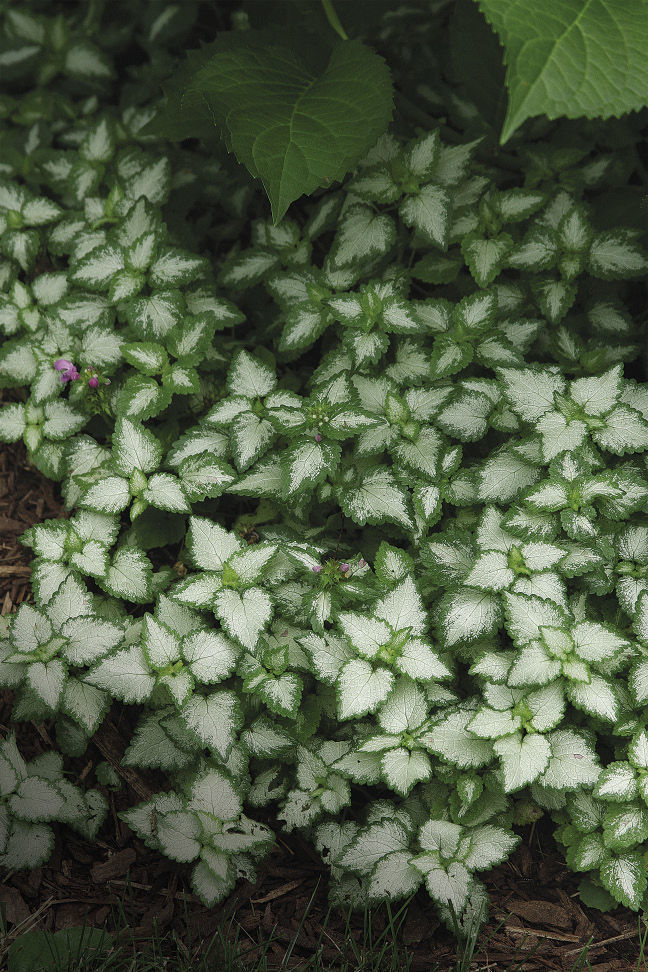
3. ‘The Rocket’ ligularia (Ligularia ‘The Rocket’, Zones 4–8). This ligularia has bold, large leaves and great late-summer flowers, which brighten gloomy days.
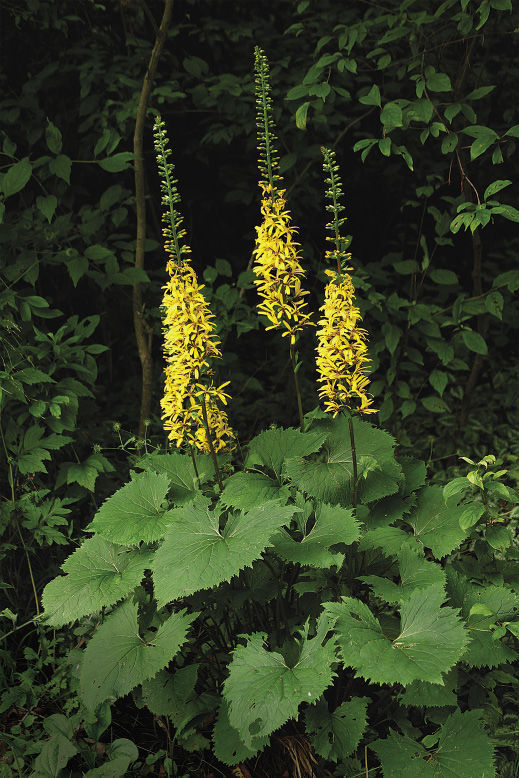
4. Astilbe (Astilbe spp. and cvs., Zones 3–8). Astilbe has handsome, sturdy foliage that stays strong after flowering. Soft spikes of varied colors glow in early-summer shade.
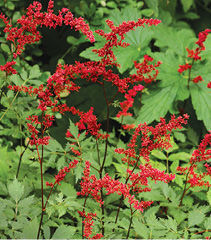
5. Bee balm (Monarda didyma cvs., Zones 4–9). Bee balm is a hummingbird magnet and is easy to pull to control its runaway roots.
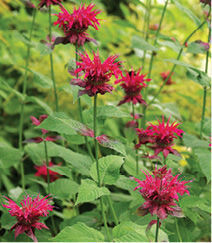
6. Brunnera (Brunnera macrop
hylla and cvs., Zones 3–7). Brunnera’s beautiful sky blue flowers welcome spring. Deer will not nibble on its rough leaves.
7. ‘Autumn Joy’ sedum (Sedum ‘Autumn Joy’, Zones 3–11). This sedum is a sturdy, strong presence throughout the gardening season. It has great winter interest, as well.
8. Blazingstar (Liatris spp. and cvs., Zones 3–9). Blazingstar adds a vertical element with its soft, swaying stems of purple or white flowers. It’s tolerant of both sun and shade, and it divides easily.
9. Lady’s mantle (Alchemilla mollis, Zones 4–7). Lady’s mantle serves as a filler in my gardens with its blue-green foliage and chartreuse flowers. It looks amazing in bouquets and, with the right conditions, will stay attractive throughout the season.
10. Japanese painted fern (Athyrium niponicum var. pictum, Zones 5–8). This fern’s silvery fronds brighten shady corners. Its purple accents make it easy to create color echoes with darker-foliaged plants.
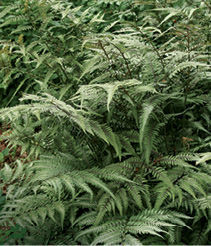
Fine Gardening Recommended Products

SHOWA Atlas 370B Nitrile Palm Coating Gloves, Black, Medium (Pack of 12 Pairs)
Fine Gardening receives a commission for items purchased through links on this site, including Amazon Associates and other affiliate advertising programs.

Gilmour 5/8" x 25' Round Weeper Soaker Hose
Fine Gardening receives a commission for items purchased through links on this site, including Amazon Associates and other affiliate advertising programs.
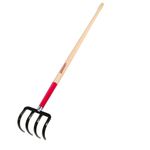
Razor-Back Potato/Refuse Hook
Fine Gardening receives a commission for items purchased through links on this site, including Amazon Associates and other affiliate advertising programs.

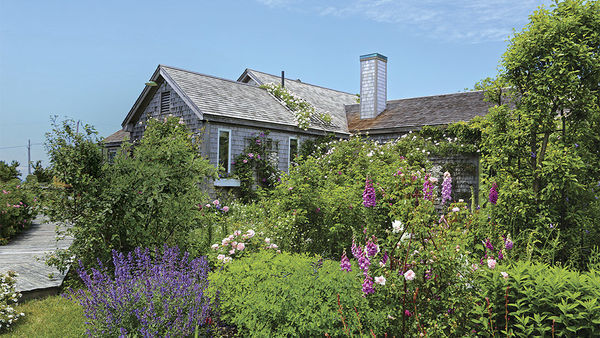

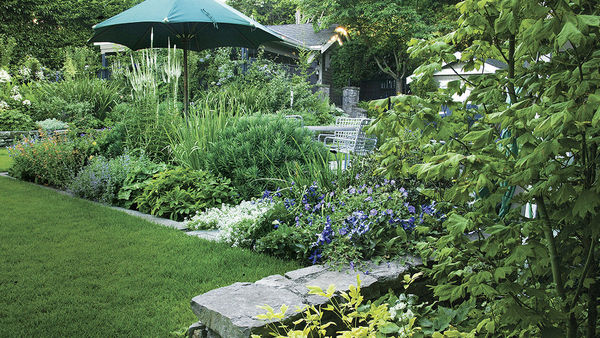
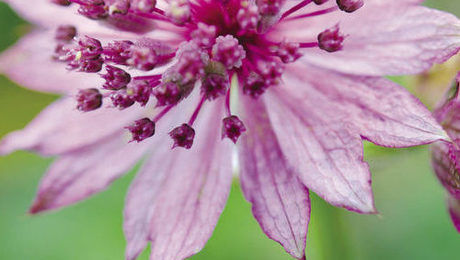
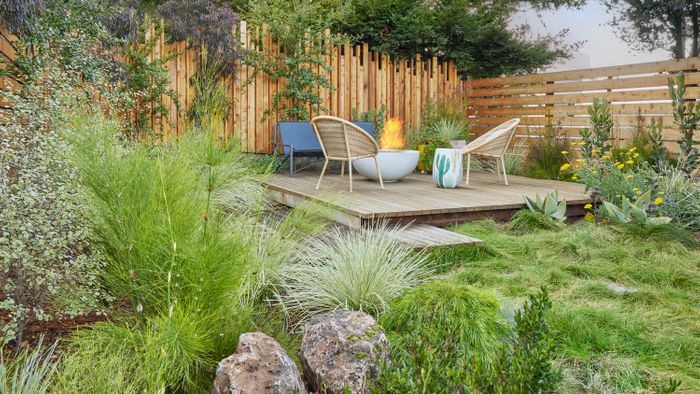
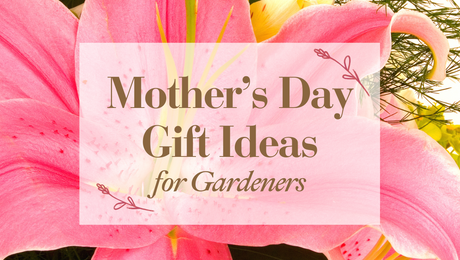
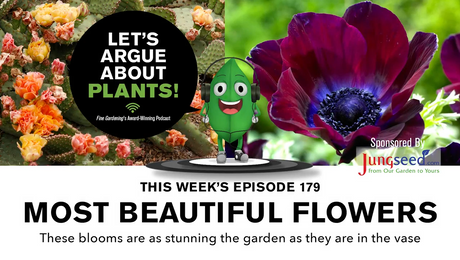
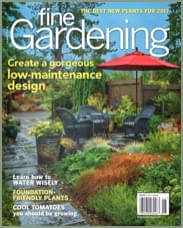

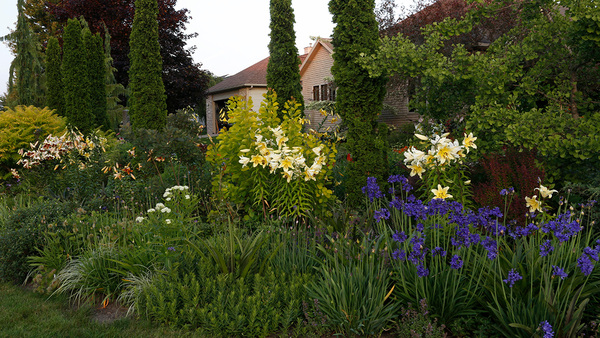



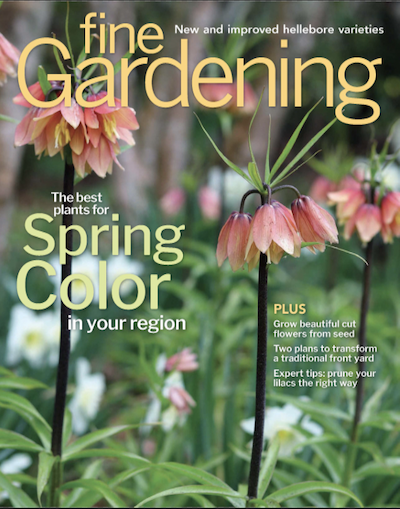



Comments
Log in or create an account to post a comment.
Sign up Log in